Home>Gardening & Outdoor>Landscaping Ideas>How To Grow Grass Instead Of Weeds
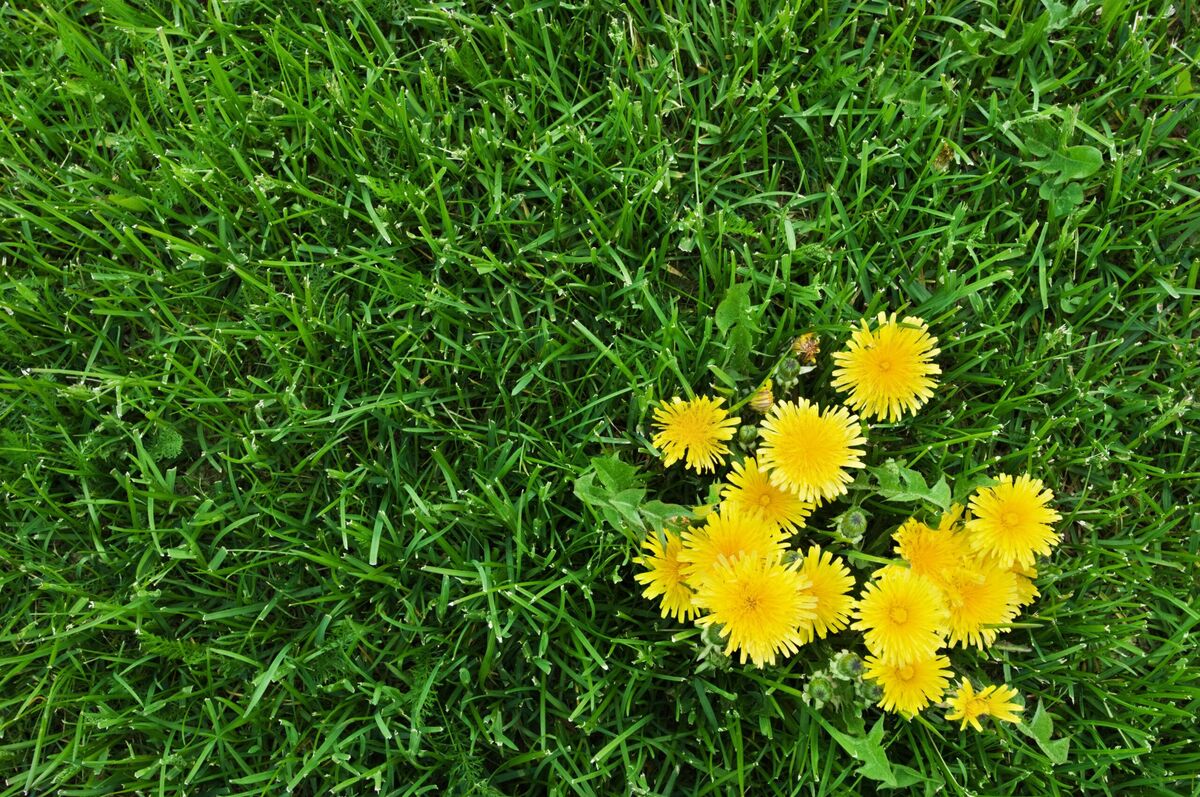

Landscaping Ideas
How To Grow Grass Instead Of Weeds
Modified: August 17, 2024
Learn effective landscaping ideas to grow lush grass and prevent weeds. Discover expert tips for maintaining a healthy lawn. Achieve a beautiful yard with our guidance!
(Many of the links in this article redirect to a specific reviewed product. Your purchase of these products through affiliate links helps to generate commission for Storables.com, at no extra cost. Learn more)
Introduction
Welcome to the wonderful world of landscaping! A lush, green lawn can be the crown jewel of your outdoor space, providing a welcoming and serene environment for relaxation and recreation. However, the presence of unsightly weeds can quickly turn this idyllic scene into a frustrating eyesore. Fear not, for with the right knowledge and techniques, you can transform your lawn into a verdant oasis, free from the clutches of pesky weeds.
While the battle against weeds may seem daunting, it’s important to approach it with a sense of optimism and determination. Understanding the underlying causes of weed growth, preparing the soil, selecting the right grass seed, and implementing proper planting and maintenance practices are all essential components of cultivating a healthy, weed-resistant lawn. By delving into these aspects, you’ll gain valuable insights that will empower you to reclaim your lawn and nurture it into a thriving carpet of vibrant green grass.
So, roll up your sleeves, grab your gardening tools, and let’s embark on a journey to discover the secrets of growing lush grass instead of weeds. By the end of this guide, you’ll be equipped with the knowledge and skills needed to transform your lawn into a picturesque haven that will be the envy of the neighborhood.
Key Takeaways:
- To grow a lush, weed-free lawn, understand the causes of weed growth, prepare the soil, choose the right grass seed, and maintain the lawn with proper watering, mowing, and fertilization.
- Combat weed infestations by using targeted herbicides, hand weeding, and proactive cultural practices. With patience and dedication, you can cultivate a stunning, weed-resistant lawn.
Read more: What To Grow Instead Of Grass
Understanding the Causes of Weed Growth
Before diving into the specifics of growing healthy grass, it’s crucial to grasp the factors that contribute to weed proliferation. Weeds are opportunistic plants that thrive in conditions where grass struggles to survive. Understanding their modes of propagation and the conditions that favor their growth is essential in formulating an effective weed management strategy.
One of the primary reasons for weed infestations is poor soil health. Compacted soil, depleted nutrients, and improper pH levels create an inhospitable environment for grass while providing a foothold for weeds to take root. Additionally, bare or thinning patches in the lawn offer an open invitation for weed seeds to germinate and establish themselves.
Furthermore, improper mowing and watering practices can weaken grass, making it more susceptible to weed encroachment. Mowing the grass too short can stress the plants and inhibit their ability to compete with aggressive weeds. Inadequate watering or irregular watering schedules can also compromise the health and vigor of the grass, giving weeds the upper hand in the battle for resources.
Understanding the specific types of weeds that plague your lawn is also crucial. Broadleaf weeds, such as dandelions and clover, and grassy weeds, like crabgrass and quackgrass, each require targeted approaches for effective control. Identifying the prevalent weed species will guide your weed management efforts, enabling you to select the most appropriate control methods and products.
By recognizing the underlying causes of weed growth, you can address these issues at their roots, quite literally. Implementing soil improvement measures, adjusting lawn care practices, and employing targeted weed control tactics will collectively create an environment that is conducive to healthy grass growth while suppressing the proliferation of weeds.
Armed with this understanding, you are now ready to delve into the essential steps for preparing the soil to encourage the flourishing of lush, weed-resistant grass.
Preparing the Soil for Grass
The foundation for a thriving lawn lies beneath the surface, within the very soil that supports the grass’s roots. Preparing the soil is a critical initial step in creating an environment that fosters the growth of healthy, resilient grass while thwarting the advancement of weeds.
Before undertaking any soil preparation, it’s beneficial to assess the existing soil conditions. Compacted soil, characterized by densely packed particles that impede air circulation and water absorption, hinders the development of robust grass roots. To alleviate compaction, aeration can be performed using specialized equipment that punctures the soil to create passageways for air, water, and nutrients to penetrate the root zone.
Soil testing is another essential aspect of soil preparation. By analyzing the pH level and nutrient content of the soil, you can identify any deficiencies or imbalances that may impede grass growth. Based on the test results, amendments such as lime to raise the pH or fertilizer to address nutrient deficiencies can be applied to optimize the soil for grass establishment.
Furthermore, the incorporation of organic matter into the soil can work wonders in promoting a healthy lawn. Compost, well-rotted manure, or other organic materials can enhance soil structure, improve moisture retention, and provide essential nutrients for the grass. Mixing organic matter into the topsoil prior to seeding or sodding helps create a hospitable environment that supports vigorous root development and overall grass vitality.
For areas with poor soil quality or inadequate topsoil depth, the addition of topsoil can be beneficial. A layer of quality topsoil, free from weed seeds and contaminants, provides a fertile medium for grass roots to penetrate and establish themselves. This is particularly advantageous when renovating or establishing new lawns, as it sets the stage for successful grass growth while minimizing the potential for weed intrusion.
By addressing soil compaction, optimizing nutrient levels, incorporating organic matter, and ensuring adequate topsoil depth, you lay the groundwork for a robust and resilient lawn that is better equipped to outcompete weeds. With the soil prepared to nurture the growth of healthy grass, the next step is to select the right grass seed that is well-suited to your specific lawn conditions and preferences.
Choosing the Right Grass Seed
When it comes to cultivating a lush, weed-resistant lawn, the selection of the appropriate grass seed is a pivotal decision that significantly influences the outcome. The diverse array of grass species and cultivars available can be overwhelming, but by understanding the key factors that govern seed selection, you can make an informed choice that aligns with your lawn’s unique requirements and your aesthetic preferences.
One of the foremost considerations in choosing grass seed is the local climate and growing conditions. Different grass species exhibit varying degrees of adaptability to factors such as temperature, sunlight exposure, and water availability. Cool-season grasses, including Kentucky bluegrass and fescue varieties, thrive in regions with moderate to cool temperatures, while warm-season grasses like Bermuda grass and zoysia grass are better suited to hot and humid climates.
Another crucial aspect to ponder is the intended use of the lawn. Will it primarily serve as a play area for children and pets, or as a visual backdrop for outdoor gatherings and leisure activities? For high-traffic areas, durable and resilient grass varieties such as perennial ryegrass and tall fescue are well-suited, possessing the strength to withstand heavy use while maintaining their lush appearance.
Furthermore, the desired aesthetic appeal and maintenance preferences should guide your seed selection. Fine-textured grasses like fine fescue impart a velvety, manicured look to the lawn, while coarser varieties such as Kentucky bluegrass offer robustness and adaptability. Additionally, considering your tolerance for lawn maintenance tasks, such as mowing frequency and irrigation requirements, is crucial in choosing a grass type that aligns with your lifestyle and landscaping goals.
It’s important to note that a blend of grass species and cultivars can offer a balanced approach, combining the strengths of different varieties to create a resilient and visually appealing lawn. Blended seed mixtures can enhance disease resistance, improve color and texture diversity, and provide a more comprehensive solution for varying environmental conditions and usage patterns.
By carefully evaluating the local climate, intended use, aesthetic preferences, and maintenance considerations, you can select a grass seed that is optimally suited to your lawn, setting the stage for successful establishment and long-term resilience. With the right grass seed chosen, the next step is to delve into the essential practices of planting and watering grass to ensure its healthy germination and growth.
Regularly mow your grass to a height of 2-3 inches to promote healthy growth and prevent weeds from taking over. This will help the grass to outcompete the weeds for sunlight and nutrients.
Planting and Watering Grass
With the soil primed and the ideal grass seed in hand, the next pivotal phase in cultivating a vibrant, weed-resistant lawn is the process of planting and watering the grass. This critical stage sets the foundation for the establishment of healthy grass that can effectively outcompete weeds and create a verdant carpet of greenery.
Prior to planting, it’s essential to prepare the seedbed to create an optimal environment for seed germination and early growth. Raking the soil to create a fine, level surface facilitates good seed-to-soil contact, promoting efficient water absorption and root penetration. Additionally, rolling or lightly packing the soil after seeding helps ensure seed-to-soil contact while preventing the seeds from being exposed or buried too deeply.
When sowing the grass seed, it’s beneficial to use a broadcast spreader or seed drill to achieve even distribution, thereby minimizing the potential for patchy or sparse areas in the lawn. Following the seeding process, gently raking the soil or lightly dragging a piece of chain-link fence over the area aids in incorporating the seeds into the soil surface, further enhancing their chances of successful germination.
Proper watering is crucial to support the germination and establishment of the grass seed. Initially, frequent and light watering is recommended to keep the soil consistently moist without causing puddling or runoff. This encourages the seeds to germinate and the young seedlings to develop strong, resilient root systems. As the grass matures, transitioning to deeper, less frequent watering sessions promotes the growth of deep, drought-resistant roots and discourages weed germination by maintaining a dry soil surface.
Monitoring the soil moisture levels and adjusting the watering frequency based on environmental conditions and the grass’s growth stage is essential. During hot and dry periods, supplemental irrigation may be necessary to sustain the grass and prevent weed encroachment. Conversely, excessive or prolonged watering can create favorable conditions for weed growth, so it’s crucial to strike a balance that supports the grass while impeding weed proliferation.
By diligently tending to the planting and watering process, you provide the grass with an optimal start, fostering robust root development and vigorous growth. With the grass taking root and thriving, the next step is to maintain its health and vitality through proper lawn care practices.
Read more: How To Grow Clover Instead Of Grass
Maintaining a Healthy Lawn
Once your grass has taken root and begun to flourish, the ongoing maintenance of your lawn becomes paramount in ensuring its long-term health and resilience against weed encroachment. By implementing a comprehensive maintenance regimen that encompasses mowing, fertilization, and proactive weed control, you can nurture a thriving lawn that stands as a formidable barrier against weed proliferation.
Mowing your lawn at the correct height and frequency is instrumental in promoting the vigor and density of the grass while inhibiting the establishment of weeds. Each grass species has an ideal mowing height that encourages healthy growth and helps shade the soil, preventing weed seeds from germinating. Regular mowing, following the one-third rule—never removing more than one-third of the grass blade at a time—promotes strong root development and discourages weed infestations.
Fertilization is another essential aspect of lawn maintenance that directly impacts the grass’s ability to outcompete weeds. Applying a balanced fertilizer at the appropriate times and in the correct amounts provides the grass with the essential nutrients it needs to thrive, resulting in dense, resilient turf that is less susceptible to weed invasion. Furthermore, the use of slow-release fertilizers can sustainably nourish the grass over an extended period, promoting steady growth and inhibiting weed establishment.
Proactive weed control measures, such as spot-treating weeds and preventing seed formation, are vital in maintaining a weed-resistant lawn. Regularly inspecting the lawn for signs of weed growth and promptly addressing any emerging weeds can prevent them from spreading and competing with the grass for resources. Additionally, practicing good lawn hygiene, such as removing weeds before they go to seed and spread, is instrumental in curbing their proliferation and safeguarding the health of the grass.
Aeration and dethatching are supplementary maintenance practices that can bolster the lawn’s resilience against weeds. Aeration alleviates soil compaction, enhances air and water penetration, and stimulates robust root growth, while dethatching removes accumulated organic debris, preventing it from becoming a breeding ground for weed seeds and pathogens.
By adhering to a consistent and well-rounded maintenance routine that encompasses proper mowing, strategic fertilization, vigilant weed control, and supplementary practices like aeration and dethatching, you can foster a lush, healthy lawn that is naturally adept at fending off weed incursions. However, in the event that weeds do make their presence known, it’s essential to be equipped with effective strategies for addressing and mitigating their impact.
Dealing with Weed Infestations
Despite your best efforts in nurturing a healthy lawn, weed infestations can occasionally arise, posing a threat to the lush expanse of grass you’ve diligently cultivated. When faced with the presence of weeds, it’s essential to employ targeted and effective strategies to address and mitigate their impact, safeguarding the integrity and aesthetics of your lawn.
One of the primary tactics for managing weed infestations is the targeted application of herbicides. Selective herbicides, formulated to specifically target broadleaf weeds or grassy weeds while sparing the desirable grass species, can be instrumental in eradicating weeds without compromising the health of the lawn. It’s crucial to identify the specific weed species present in your lawn to choose the most appropriate herbicidal products and application methods for effective control.
Hand weeding is another valuable approach, particularly for isolated or sparse weed populations. Carefully uprooting weeds by hand, ensuring to remove the entire plant, including the roots, can prevent them from proliferating and competing with the grass for resources. Regular monitoring and prompt removal of emerging weeds can prevent their establishment and spread, preserving the pristine appearance of the lawn.
Cultural practices, such as overseeding, can serve as a proactive measure to outcompete weeds and fill in bare or thinning areas in the lawn. By introducing new grass seed to bolster the density and resilience of the existing turf, you create a more competitive environment that inhibits weed establishment and encourages the dominance of the desirable grass species.
Maintaining a dense and healthy lawn through proper watering, fertilization, and mowing practices is a fundamental aspect of weed management. A robust and vigorously growing turf naturally outcompetes weeds, preventing their encroachment and minimizing the need for extensive weed control measures. Additionally, adjusting irrigation practices to discourage weed growth and promoting strong root development through strategic fertilization can fortify the lawn’s natural resistance to weed infestations.
It’s important to approach weed management with a multifaceted strategy, combining targeted herbicide applications, vigilant hand weeding, proactive cultural practices, and the maintenance of a healthy lawn to effectively address and mitigate weed infestations. By integrating these approaches, you can reclaim and preserve the pristine beauty of your lawn, ensuring that it remains a verdant sanctuary free from the clutches of unsightly weeds.
With a comprehensive understanding of the causes of weed growth, the essential steps for preparing the soil, selecting the right grass seed, and implementing proper planting and maintenance practices, you are well-equipped to embark on the journey of growing lush, vibrant grass that triumphs over weed incursions. By integrating these insights into your landscaping endeavors, you can cultivate a stunning and resilient lawn that serves as a testament to your dedication and horticultural prowess.
Conclusion
Congratulations on delving into the art and science of cultivating a healthy, weed-resistant lawn! By gaining a deeper understanding of the underlying causes of weed growth, preparing the soil to create an optimal foundation for grass, choosing the right grass seed, and implementing effective planting and maintenance practices, you have embarked on a journey to transform your outdoor space into a verdant sanctuary that is free from the encumbrance of unsightly weeds.
Through this exploration, you have uncovered the intricacies of soil preparation, the nuances of grass seed selection, and the critical importance of proper planting and watering practices in nurturing the growth of resilient, vibrant grass. By delving into the realm of lawn maintenance, you have discovered the pivotal role of mowing, fertilization, and proactive weed control in sustaining a healthy and visually captivating lawn that naturally outcompetes weed incursions.
Furthermore, armed with insights into addressing weed infestations through targeted herbicide applications, hand weeding, and proactive cultural practices, you are well-prepared to confront and mitigate the impact of weeds, preserving the integrity and allure of your meticulously tended lawn.
As you apply these newfound insights and techniques to your landscaping endeavors, remember that the journey to a thriving, weed-resistant lawn is a continual process that demands patience, diligence, and a keen eye for detail. By integrating these practices into your lawn care routine and adapting them to the evolving needs of your outdoor space, you can cultivate a picturesque haven that stands as a testament to your dedication and horticultural prowess.
So, as you set forth on this horticultural odyssey, may your endeavors be met with lush, vibrant grass that flourishes in the absence of unsightly weeds, creating an inviting and tranquil oasis that enriches your outdoor experience and captivates the admiration of all who behold it.
Happy gardening, and may your lawn be forever green and weed-free!
Frequently Asked Questions about How To Grow Grass Instead Of Weeds
Was this page helpful?
At Storables.com, we guarantee accurate and reliable information. Our content, validated by Expert Board Contributors, is crafted following stringent Editorial Policies. We're committed to providing you with well-researched, expert-backed insights for all your informational needs.
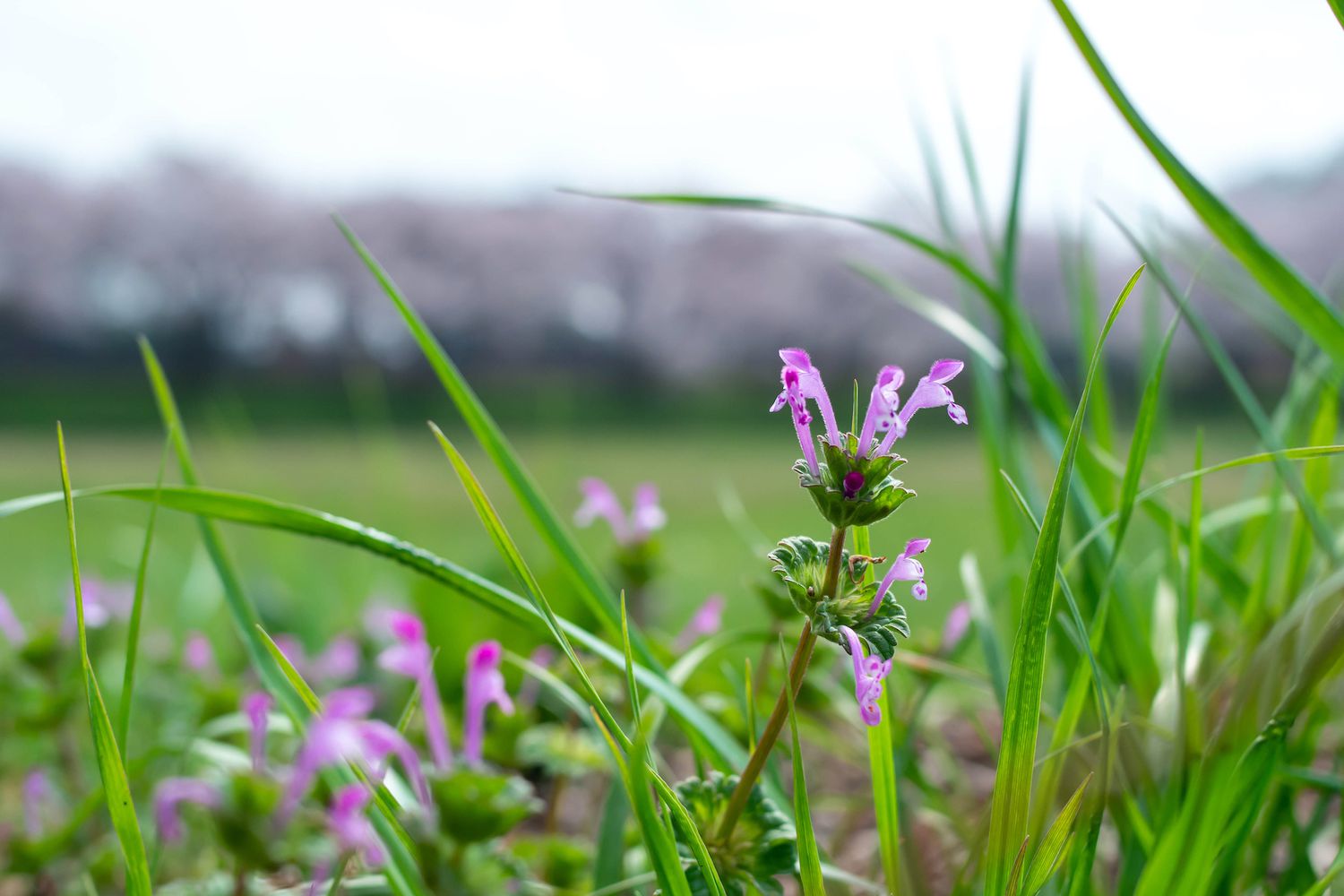
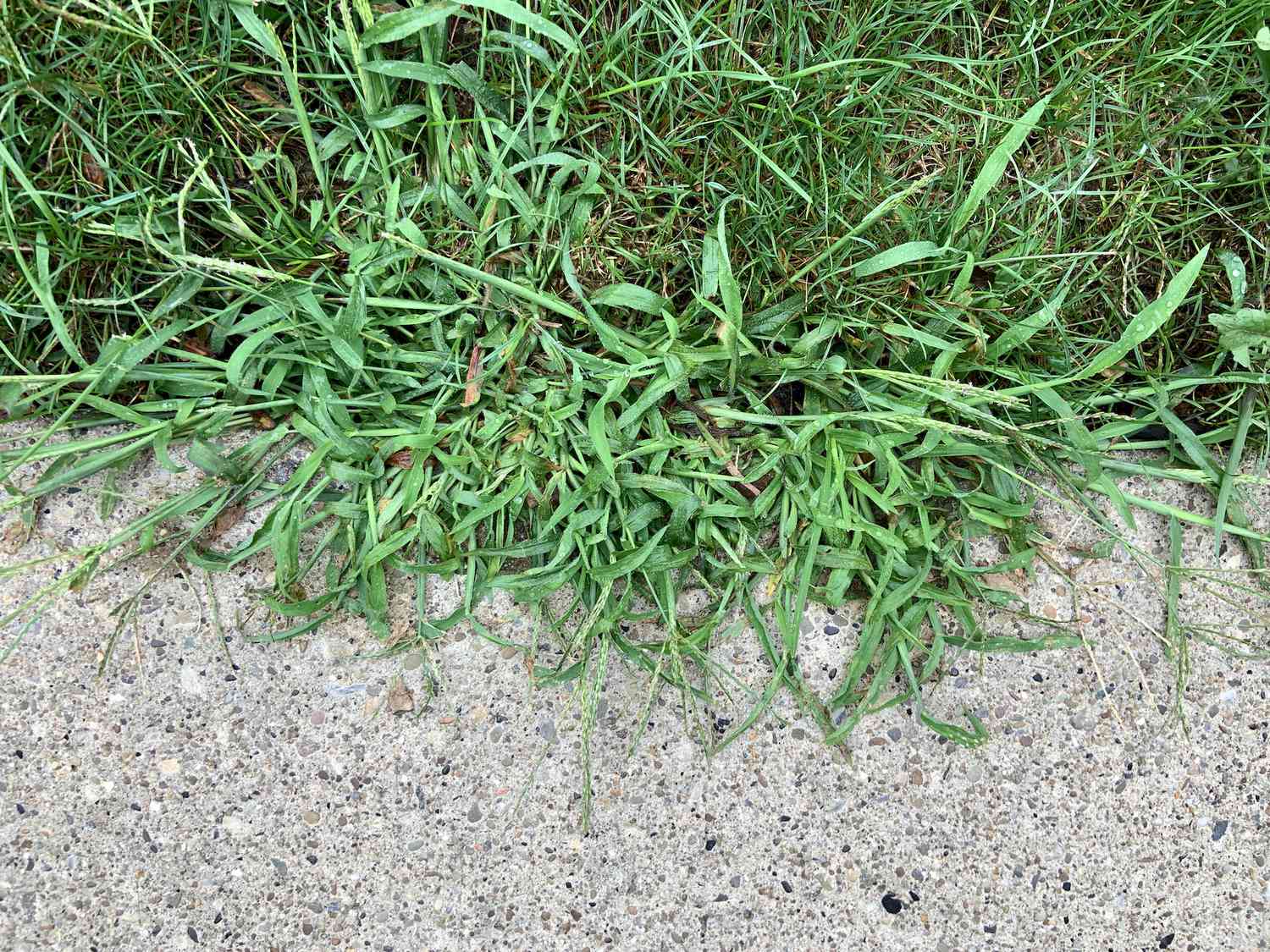
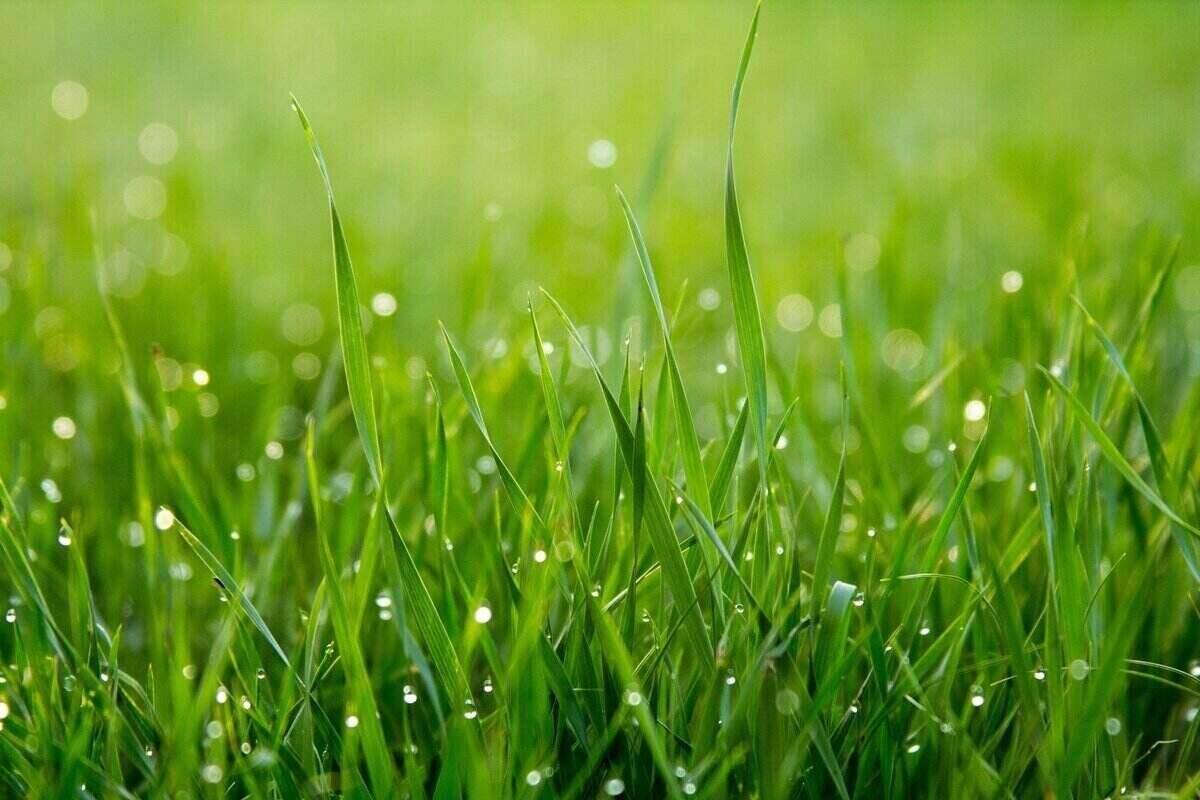
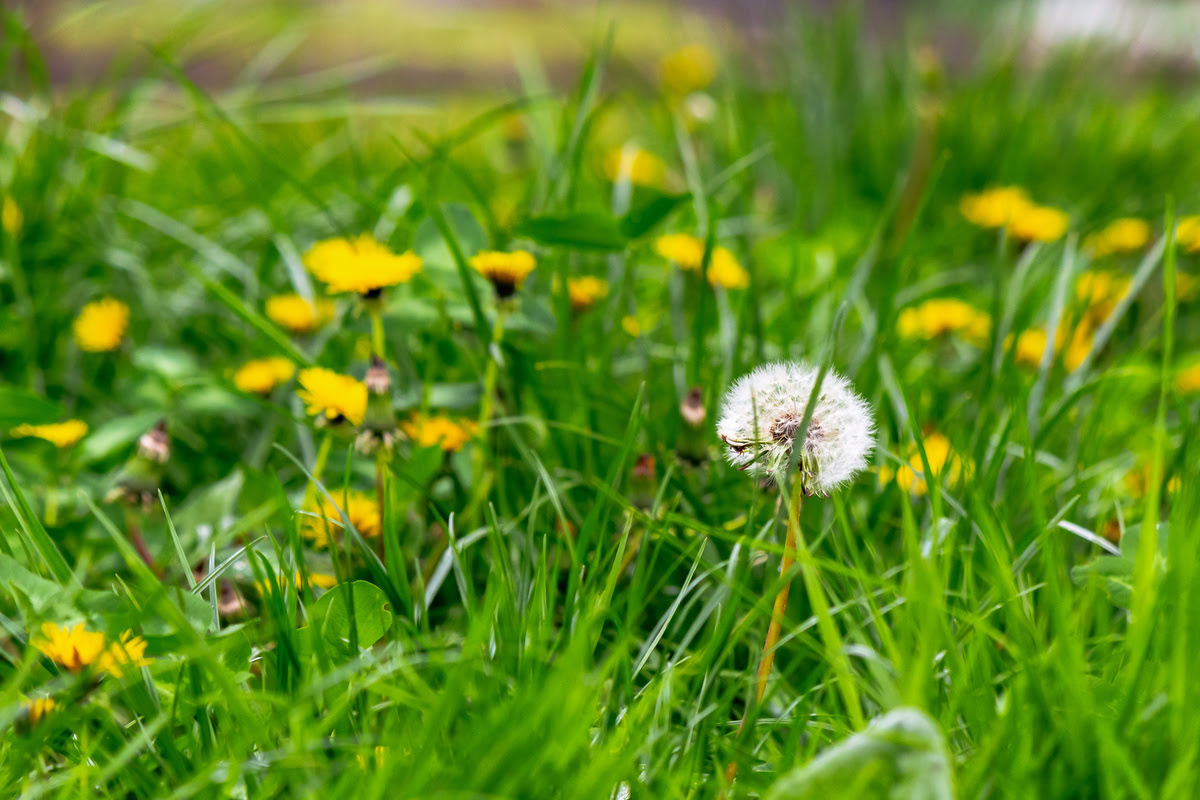
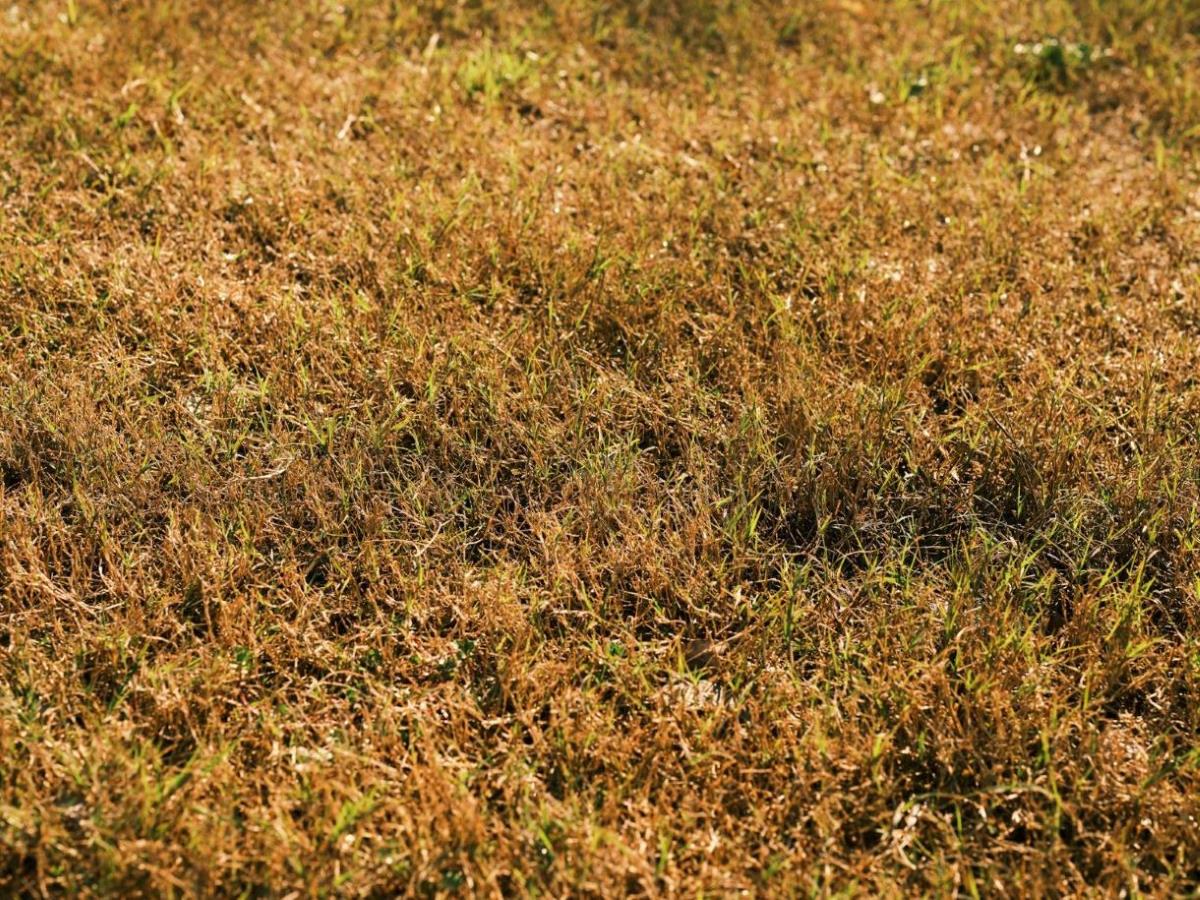
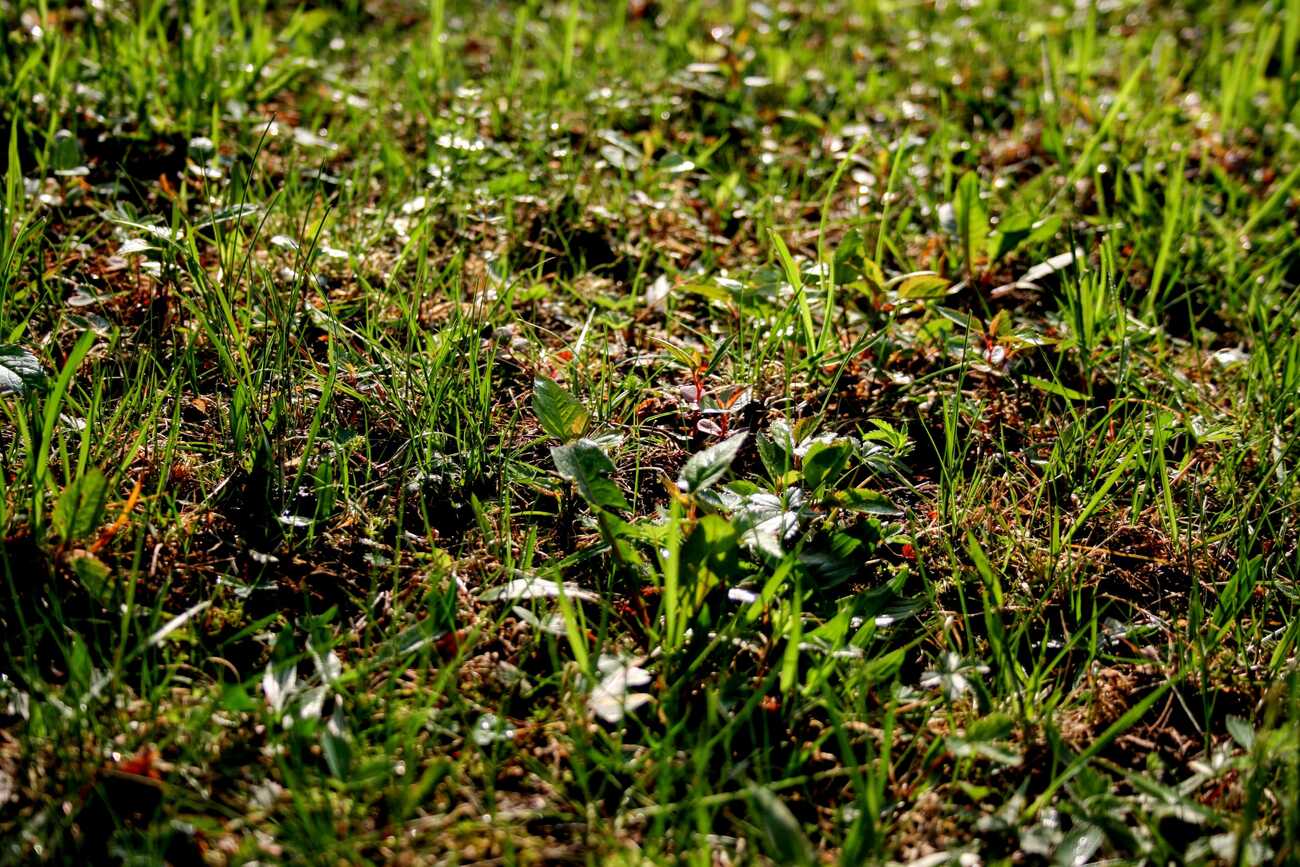
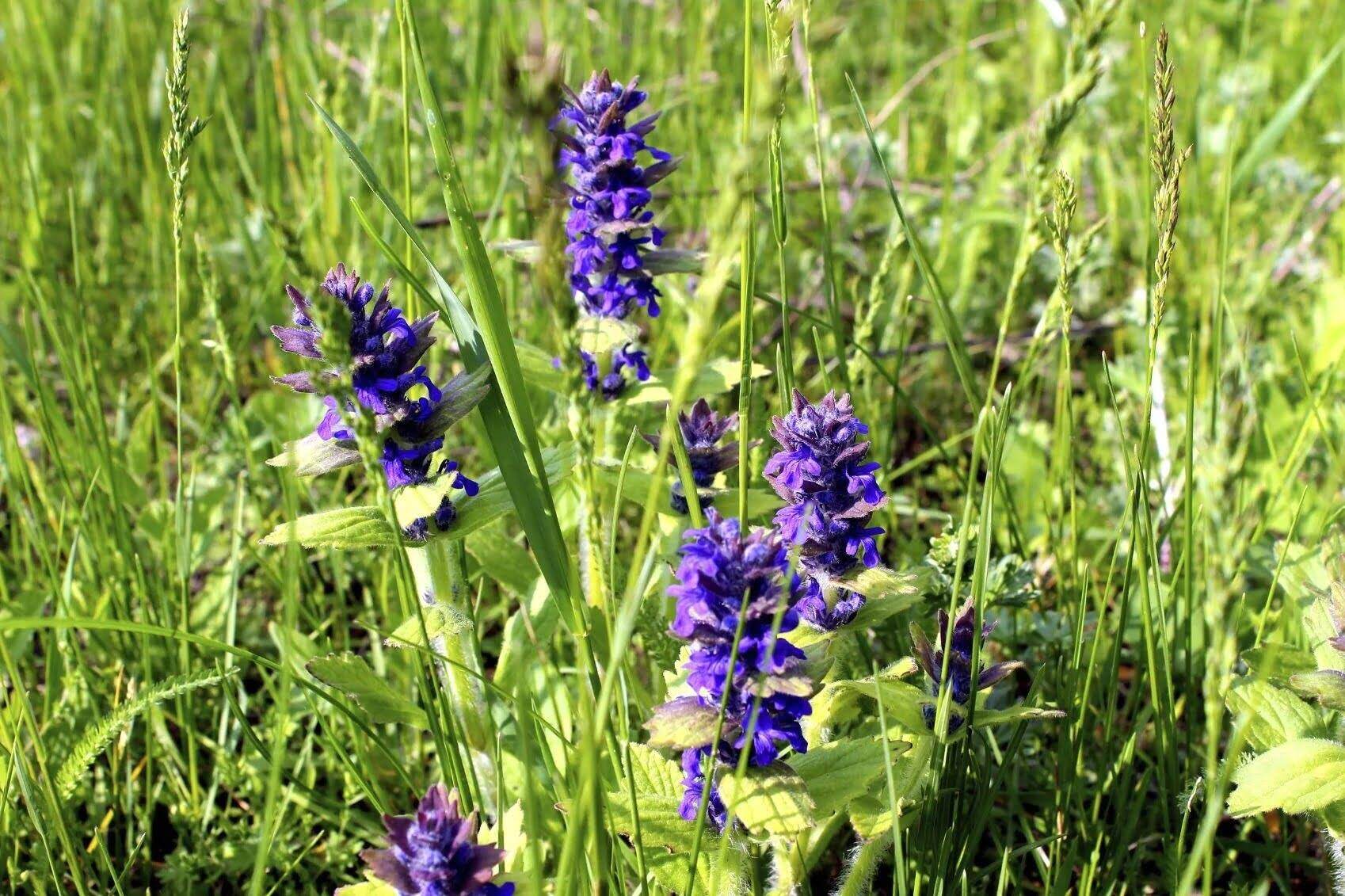
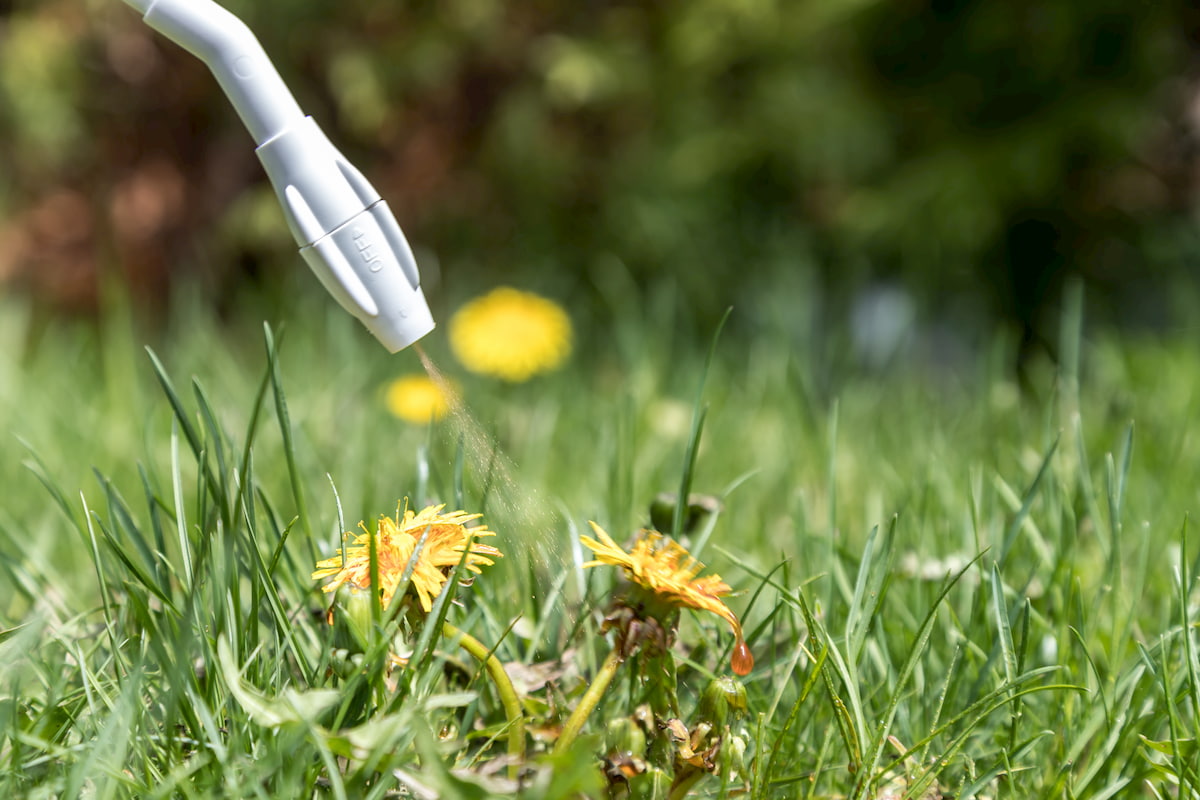
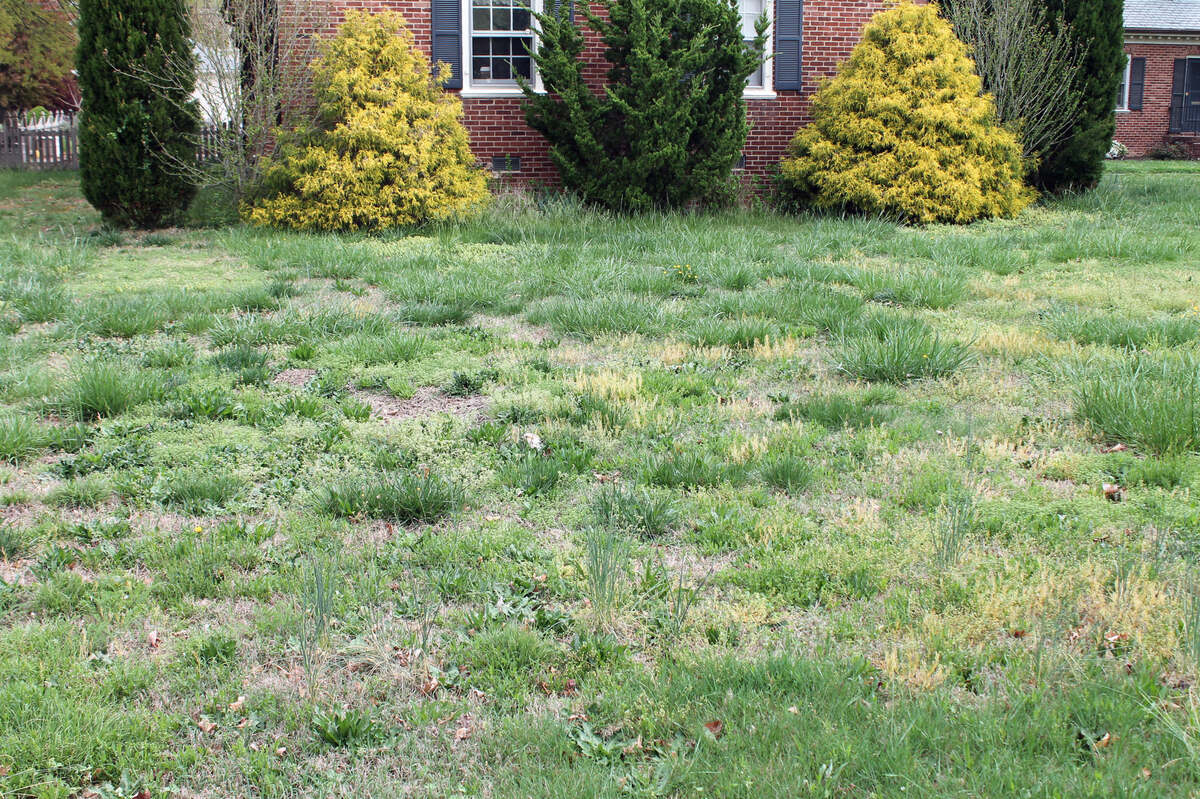
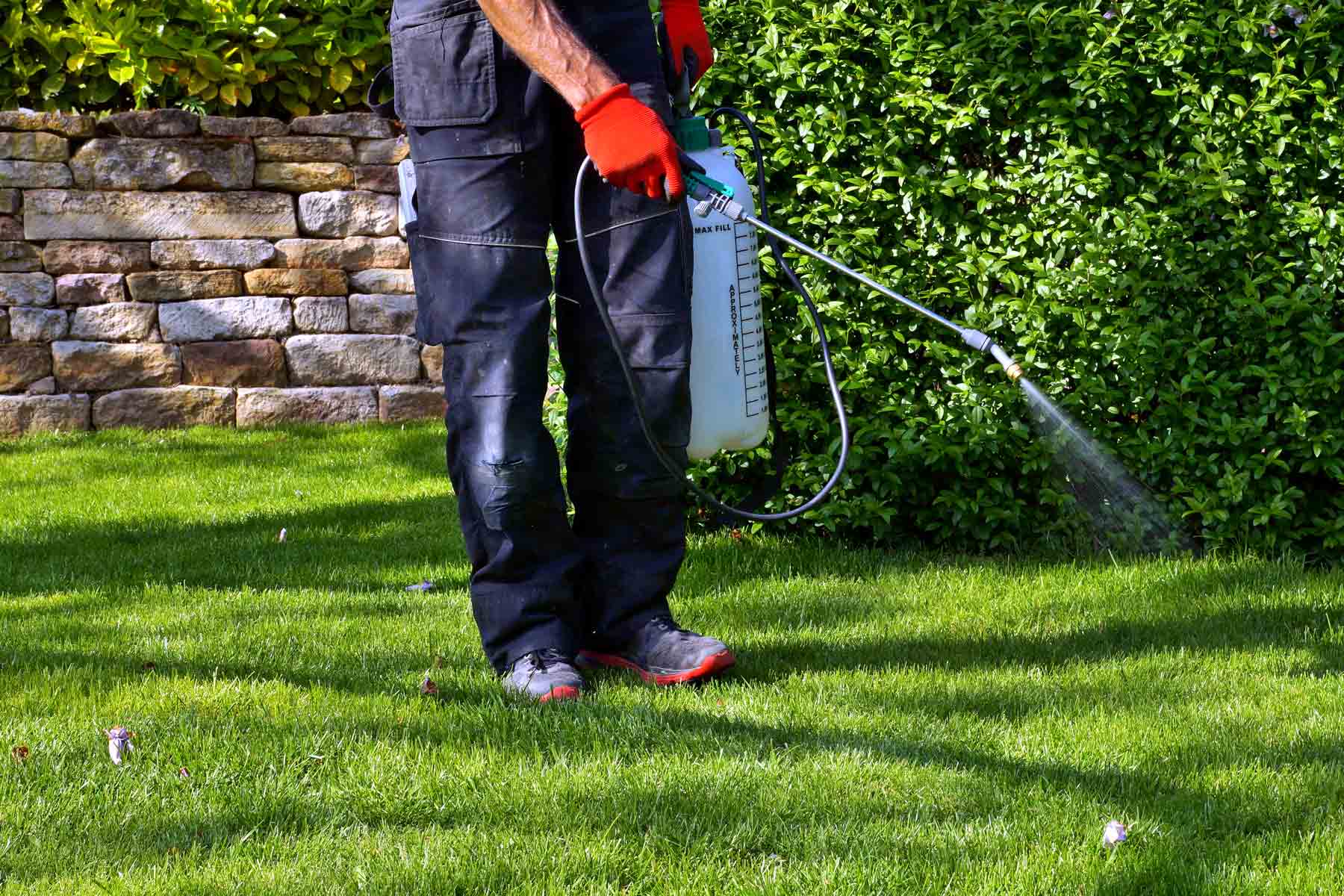
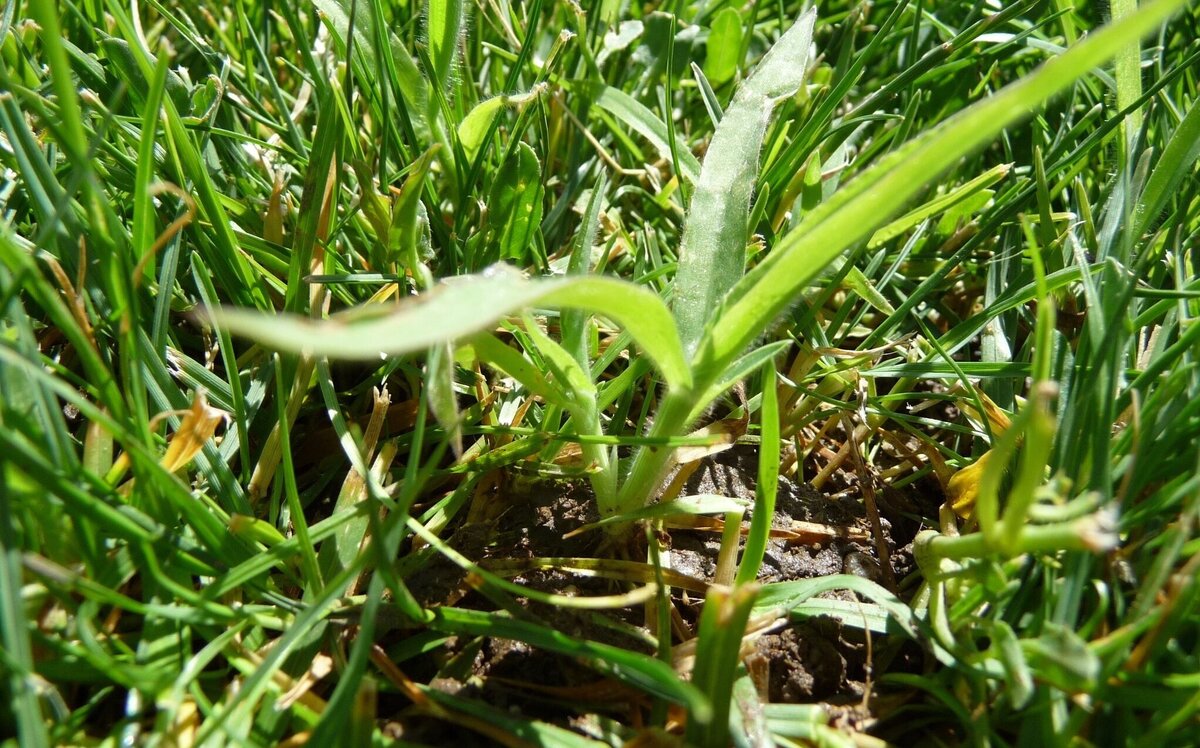
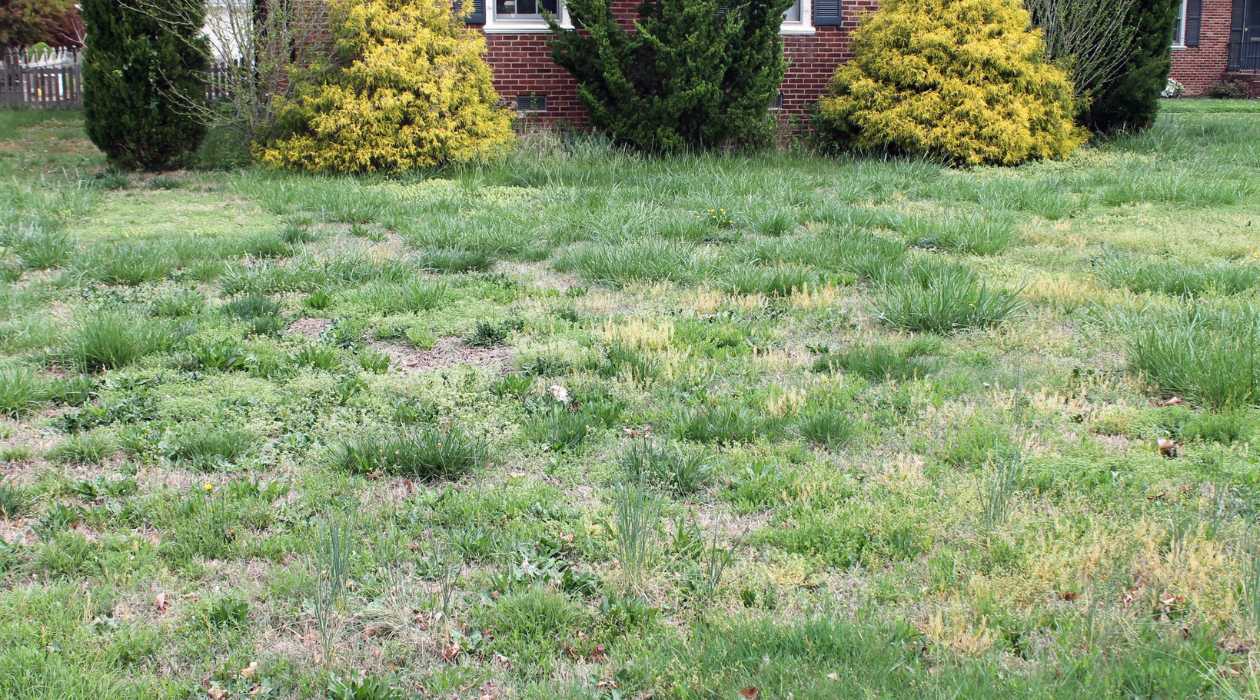
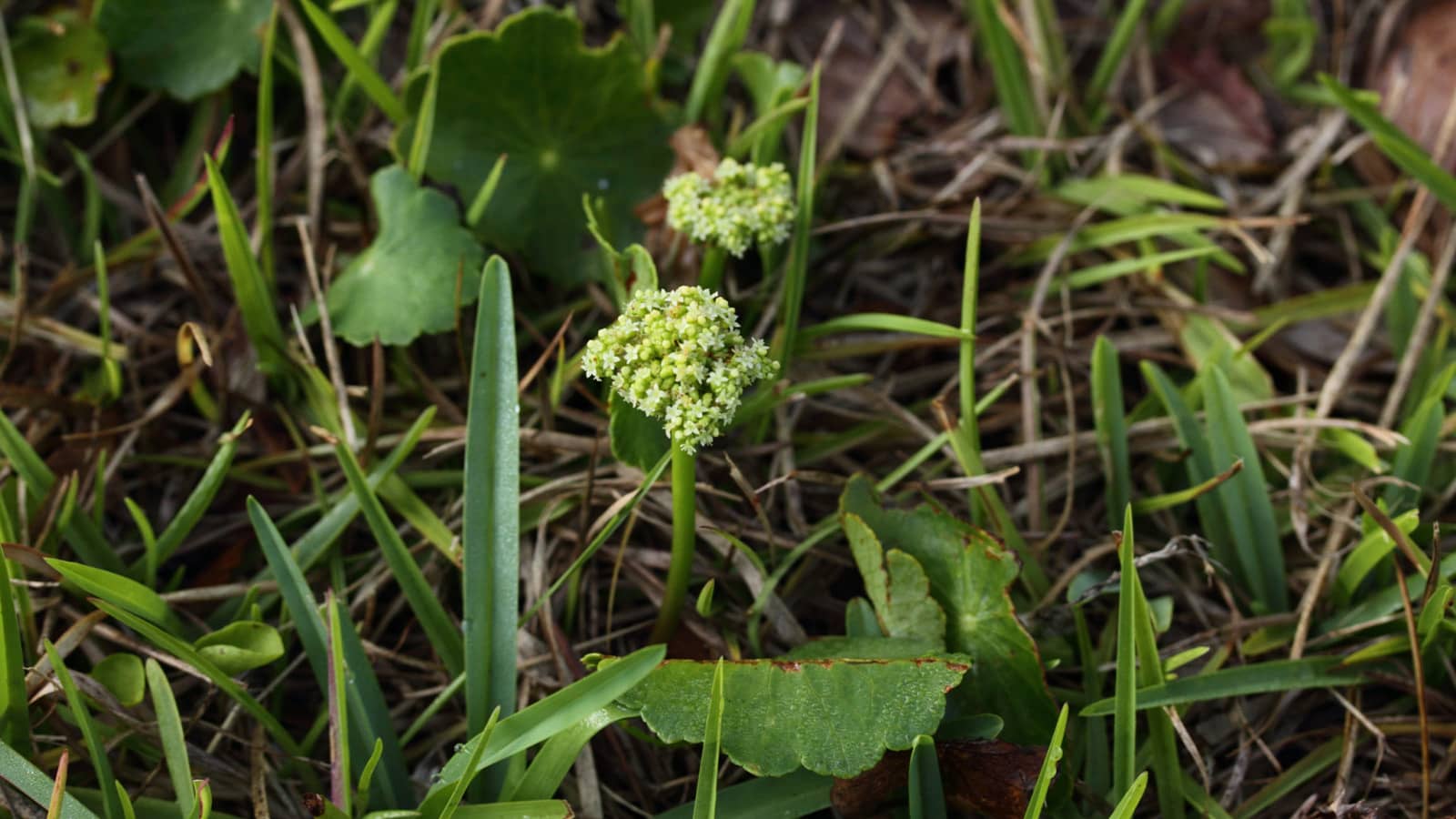


0 thoughts on “How To Grow Grass Instead Of Weeds”